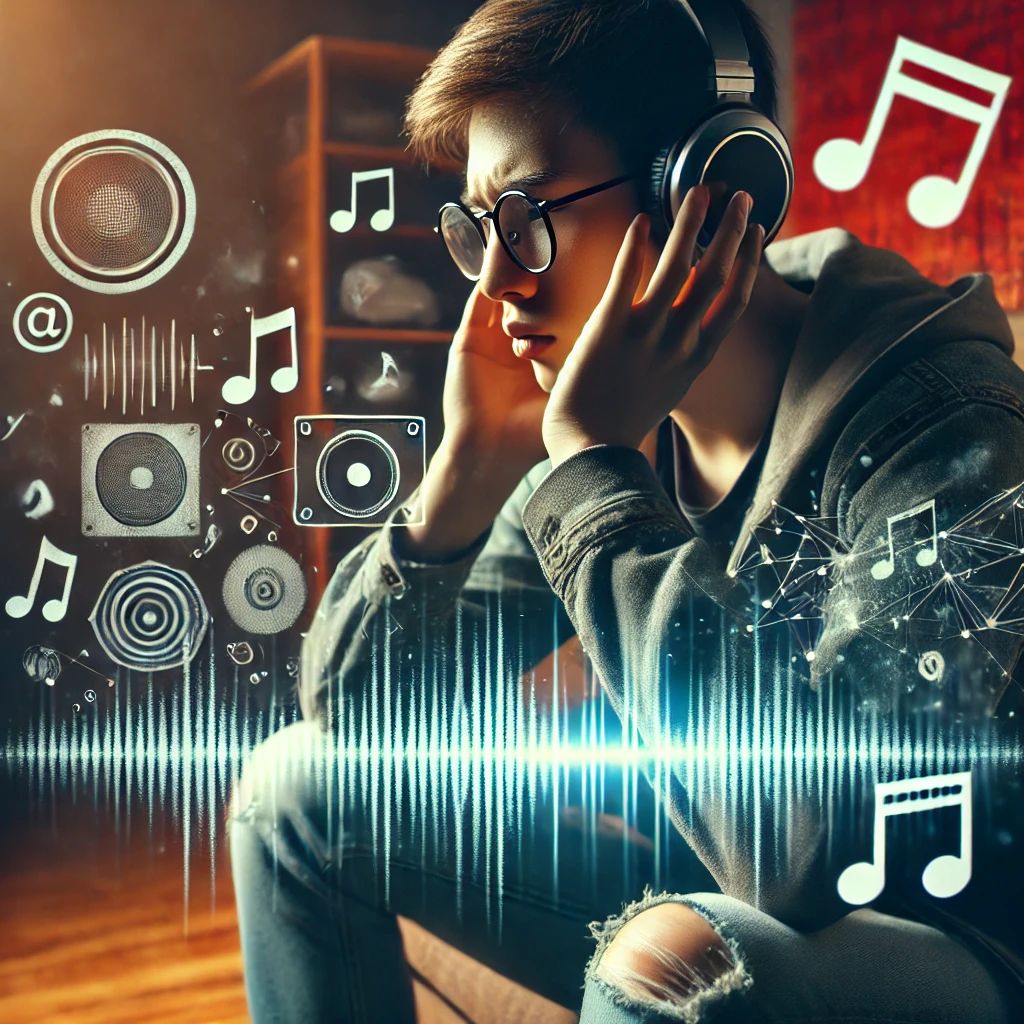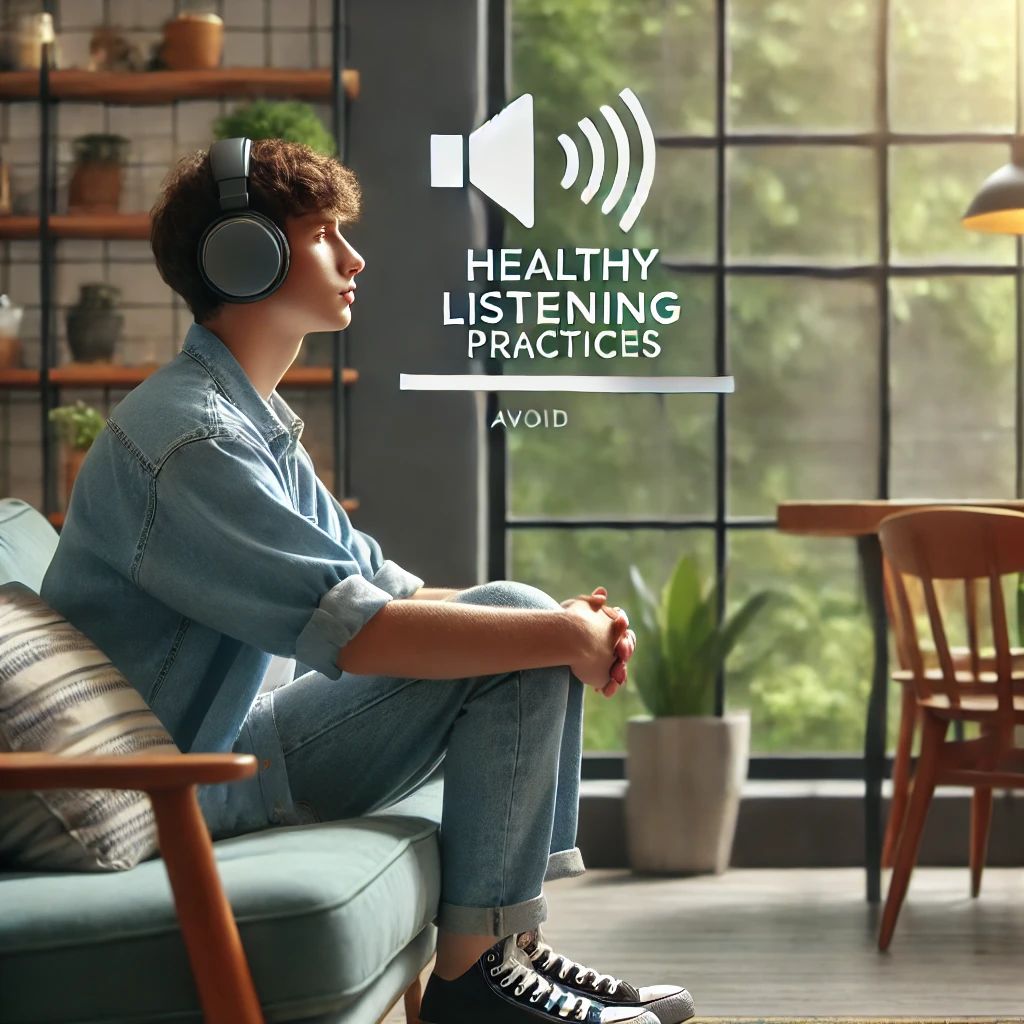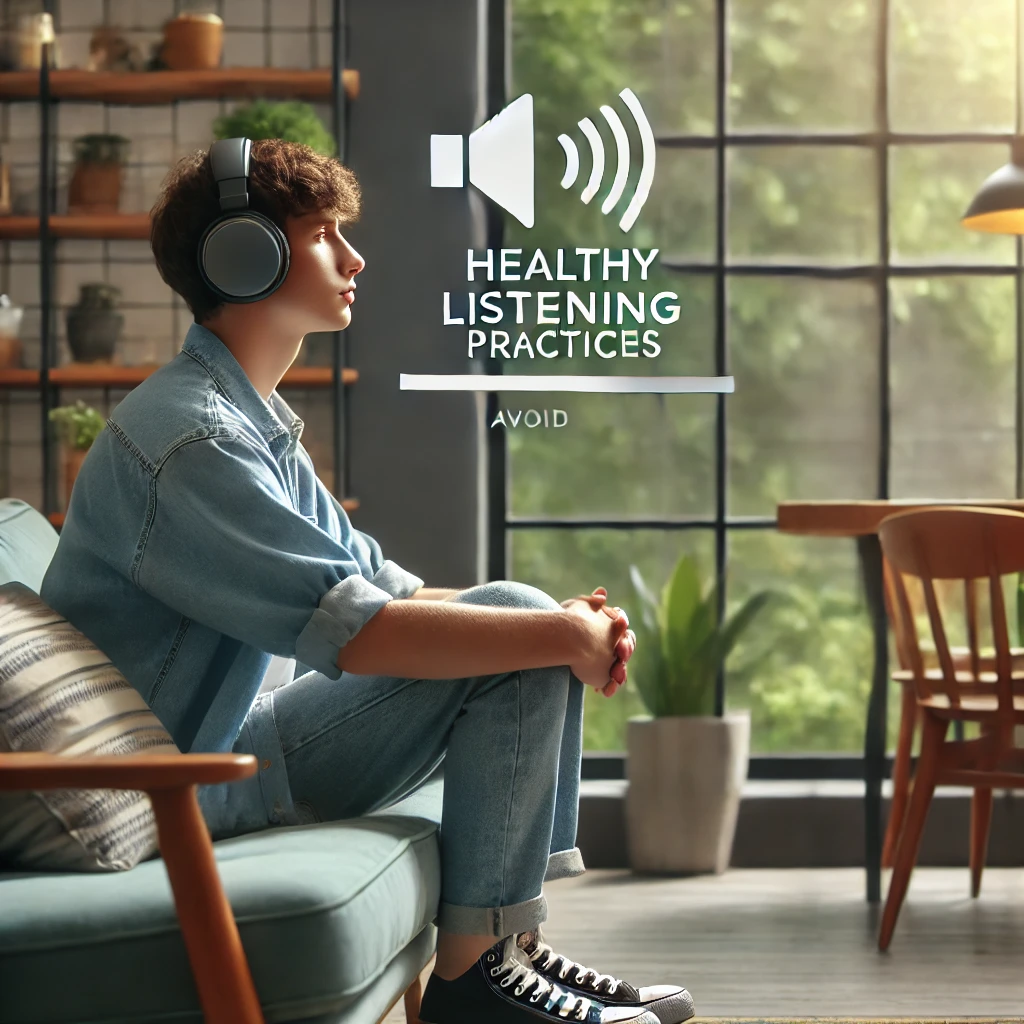For many young people, headphones are an essential part of daily life. Whether it’s listening to music, watching videos, or taking online classes, headphones provide a convenient and immersive experience. But there’s growing concern that prolonged exposure to loud music through headphones could lead to permanent hearing damage. How serious is this risk, and what can young people do to protect their hearing? In this article “Headphones and Hearing Loss: How Dangerous Is It Really?”, we’ll explore how listening to music at high volumes can harm hearing health and what steps can be taken to prevent damage.

Headphones and Hearing Loss: How Loud Music Affects Hearing
The ear is a delicate organ made up of tiny hair cells that are responsible for detecting sound vibrations and sending those signals to the brain. When you listen to music at high volumes for long periods, these hair cells can become damaged. Once damaged, they don’t regenerate, meaning the hearing loss is permanent.
When using headphones, especially in-ear headphones (earbuds), the sound is delivered directly into the ear canal. This means that even moderate volumes can pose a risk over time. The World Health Organization (WHO) recommends that safe listening levels should be below 85 decibels (dB) for a maximum of eight hours a day. However, most people unknowingly exceed this limit, particularly in noisy environments where they tend to raise the volume to drown out background noise.
Listening to sounds above 85 dB for extended periods can lead to noise-induced hearing loss (NIHL), a type of hearing damage caused by exposure to loud noise. NIHL doesn’t happen all at once—it develops gradually over time. Because the damage is cumulative, young people who frequently listen to music at high volumes may not realize the impact until it’s too late.
Headphones and Hearing Loss: Scientific Evidence
A study published in JAMA Otolaryngology revealed that nearly 1.1 billion teenagers and young adults worldwide are at risk of hearing loss due to unsafe listening practices, particularly through personal audio devices like headphones. The study highlighted that prolonged exposure to loud music can cause irreversible damage to the inner ear, resulting in permanent hearing loss or conditions such as tinnitus (a constant ringing in the ears).
Furthermore, research by Johns Hopkins University showed that people who regularly listen to music at loud volumes are more likely to develop hearing issues earlier in life, even as young as their late 20s or early 30s. The damage to hearing tends to be gradual, meaning most individuals may not notice it until they have already lost a significant portion of their hearing ability.
Signs of Hearing Damage
It’s important to recognize the early signs of hearing damage so that preventive measures can be taken before the problem worsens. Some common signs include:
Tinnitus: Ringing or buzzing in the ears after listening to loud music.
Difficulty hearing: Struggling to hear conversations in noisy environments.
Muffled sounds: Music or speech may start to sound muffled, as if the volume is lower than normal.
How to Protect Your Hearing
The good news is that hearing damage is preventable. There are steps you can take to protect your ears without giving up your love for music:
1. Follow the 60/60 Rule: Keep the volume at 60% of the maximum and listen for no longer than 60 minutes at a time. This reduces the risk of overexposure to loud sounds.
2. Use Noise-Canceling Headphones: Noise-canceling headphones help block out background noise, allowing you to listen at lower volumes without losing sound quality.
3. Take Regular Breaks: Give your ears time to rest by taking a 5 to 10-minute break every hour.
4. Use Volume Limiters: Some devices allow you to set a maximum volume limit to avoid accidentally exceeding safe listening levels.
5. Monitor Sound Levels: Use smartphone apps or built-in features to monitor the decibel level of the music you’re listening to, ensuring it stays within a safe range.
The Importance of Early Protection
Hearing loss is often irreversible, which is why it’s crucial to take preventative measures early. The earlier you adopt safe listening practices, the more likely you are to preserve your hearing in the long term. Hearing is a precious sense, and once it’s damaged, it cannot be restored. By being mindful of your listening habits now, you can continue to enjoy music without compromising your hearing health.

Headphones are a convenient way to enjoy music. Listening at high volumes for extended periods can cause irreversible hearing damage. With millions of young people at risk, it’s essential to take steps to protect your hearing by following safe listening practices. By lowering the volume, taking breaks, and using noise-canceling headphones, you can enjoy your music without jeopardizing your hearing health for the future.
More Useful Links:
Healing Through Sound: Can Specific Frequencies Truly Affect Your Mental State?
Drinking Water on an Empty Stomach: Does It Really Boost Metabolism or Is It a Myth?
Does Using Screens Late at Night Really Disrupt Sleep?
Meditation and the Brain: Myth or Scientifically Proven Transformation?
